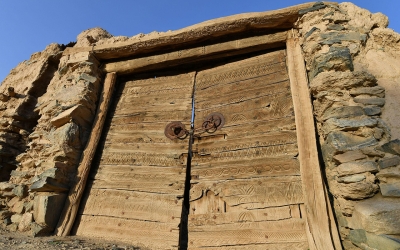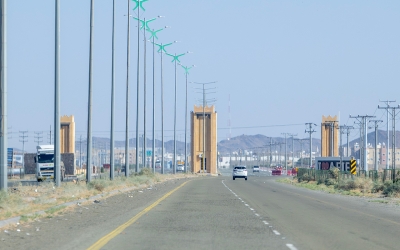

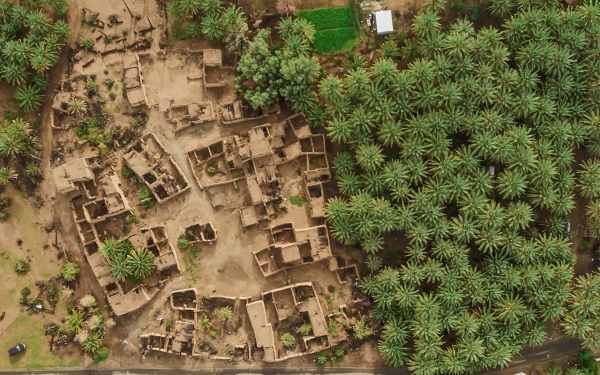
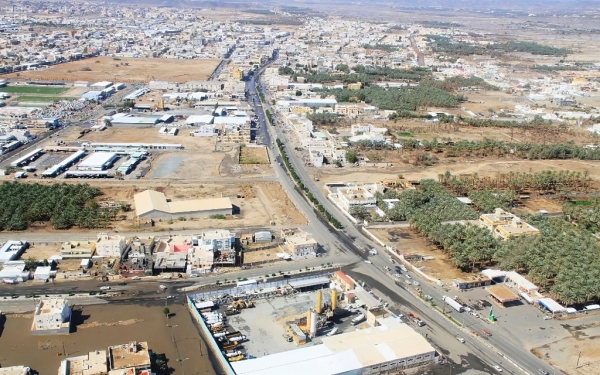
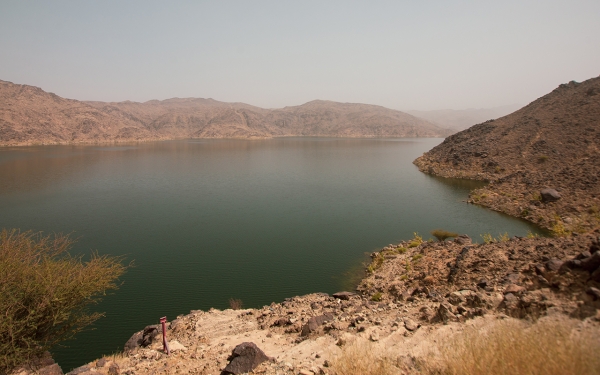
Bishah Governorate (romanized: Muḥāfad͟hat Bīshah) is one of the governorates of Aseer Province, located southwest of the Kingdom of Saudi Arabia. It is one of the Kingdom's most important agricultural and pastoral areas. It includes about 240 villages. According to the 2022 Saudi Census, the governorate has a population of 202,096 persons.
Location of Bishah Governorate
It is located in the northern part of the southern region of the Kingdom. Bishah is also unique for its position amidst the central, western, and southern regions of the Kingdom, which made it a vital trade route from the ancient past till this very day. It is about one thousand km away from the city of Riyadh in the center of the Kingdom, 470 km away from the city of Taif to the west of the Kingdom, and three hundred km away from the city of Abha to the south of the Kingdom.
Climate of Bishah Governorate
With an average temperature ranging between twenty-five and forty-two degrees Celsius, Bishah is considered a hot region compared to other governorates in Aseer. Yet it rains in Bishah during spring, the temperature rises, and the drought increases to the east.
Bishah is an area of few heights; it is an internal plateau surrounded by mountains from the west and plains from the east. Wadi Bishah, one of the largest and most important valleys in the Kingdom, runs through it.
The villages of Bishah are spread on the banks of the valley, which is known for its length and vastness. The valley is also famous for its tributaries, which exceed one hundred in number and stretch 450 km from Sarat Abidah in the south to the borders of Ghamid in the north and then to Wadi Dawasir in the Riyadh Province.
Tributaries of Wadi Bishah
A tributary bearing the name of the same valley is one of the most important to Wadi Bishah, as it embraces King Fahd Dam, the largest dam in the Middle East second only to Egypt's Aswan High Dam, with a length of 507 m and a height of 113 m. Rising behind it is the largest artificial freshwater lake in the Kingdom with an area of thirty km, and a storage capacity of 352 million m. Wadi Taraj, Wadi Tabalah, and Wadi Herjab are three other important tributaries of Wadi Bishah too.
Agriculture in Bishah Governorate
Along with grazing, agriculture is an essential profession in Bishah. The cultivation of palm trees is its most famous feature. It constitutes 84.6 percent of the palm trees of the Aseer Province, which in turn constitutes 3.6 percent of all palm trees in the Kingdom. This makes it one of the largest sources of dates in the Kingdom, especially the Sufri variety for which an annual festival bearing its name is held. Bishah farms also produce a variety of fruits, such as mangoes, guavas, pomegranates, and several types of vegetables.
Monuments of Bishah Governorate
Bishah Governorate is unique for its historical heritage which dates back to pre-Islamic times and is evident in ancient buildings, inscriptions, petroglyphs, and historic writings. The Commission for Tourism and National Heritage (currently the Ministry of Tourism) has documented more than one hundred sites containing more than ten thousand rock inscriptions and petroglyphs, and two thousand written texts, distributed among seven administrative centers affiliated with the governorate, including ath-Thaniyyah, and Tabalah, as well as al-Jibah, al-Naq’, al-Junaina, al-Hazimi, and Samakh.
Related quizzes
Related articles

